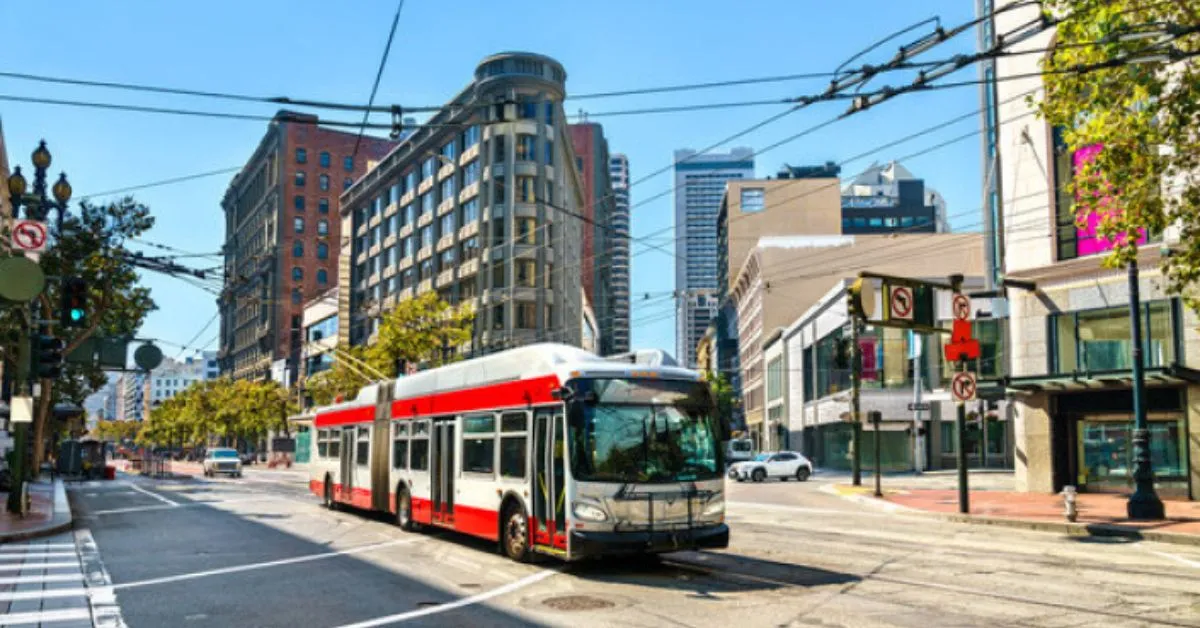California Moves to Approve Denser Housing Near Transit

California is on the verge of passing legislation that will allow the construction of additional multifamily housing close to the state’s busiest transportation terminals, notwithstanding local zoning regulations.
SB 79, the Abundant & Affordable Homes Near Transit Act, was approved by the California Legislature on Friday by a vote of 21 to 8. It will now be sent to Governor Gavin Newsom to be signed into law. By October 12, he must either sign the bill or veto it.
According to the bill’s sponsor, State Senator Scott Wiener (D-San Francisco), it will help reduce housing costs by boosting the supply of residences close to high-frequency transit while also strengthening those transit networks.
Read: ANZ Fined $160M for Bond Deal and Customer Violations
Purpose of SB 79 and Its Role in Housing Affordability
Within half a mile of qualifying transit, or within a quarter of a mile for small cities with fewer than 35,000 residents, the law will apply to any eligible site zoned for residential, mixed-use, or commercial structures.
In a news statement issued on September 12, Wiener stated, “The key to addressing the affordability crisis and securing California’s success for many years to come is building additional housing in our most sustainable locations.” “Housing costs have skyrocketed due to decades of overly restrictive policies, forcing millions of people to commute from the suburbs and away from jobs and transit.”
According to California YIMBY, an advocacy group and the legislation’s sponsor, SB 79 will specifically permit the construction of apartments close to San Francisco BART, LA Metro, MTS Trolley, and “true” bus rapid transit with dedicated lanes, like LA’s G Line. Additionally, it will provide transportation organizations with the ability to develop their own land, creating a new avenue for possible income.
Impact on Transit-Oriented Development
According to McKinsey, a consulting firm located in New York City, this “rail plus property” approach has proven essential to make transit self-sustaining in Hong Kong and other East Asian nations.
Depending on the distance from major stations and the frequency of transit service, the height restrictions will range from 4 to 9 stories. Only the following counties will be affected by the law: Los Angeles, San Diego, Orange, Santa Clara, Alameda, Sacramento, San Francisco, and San Mateo. These counties must have at least 15 passenger rail stations.
There will be incentives for even greater affordability through density bonuses based on affordability level, and all developments will have a minimum affordability threshold.
Criticism and Recent Housing Policy Changes
In addition to the current displacement protection statute, SB 79 projects are not allowed to mandate the demolition of multifamily property that has had tenants within the last seven years or rent-stabilized dwellings with three units or more.
The measure has its critics: According to Cal Matters, the upzoning bill had to overcome resistance from numerous city governments and their supporters since SB 79 would supersede local governments’ planning decisions.
This year, California has seen a surge in housing development. The majority of urban apartment developments were exempted from the California Environmental Quality Act, the state’s primary environmental review statute, by lawmakers in June.
Additionally, Newsom signed a bill that essentially forbids local governments from enacting their own modifications and freezes the construction rules for all new housing until 2031.
